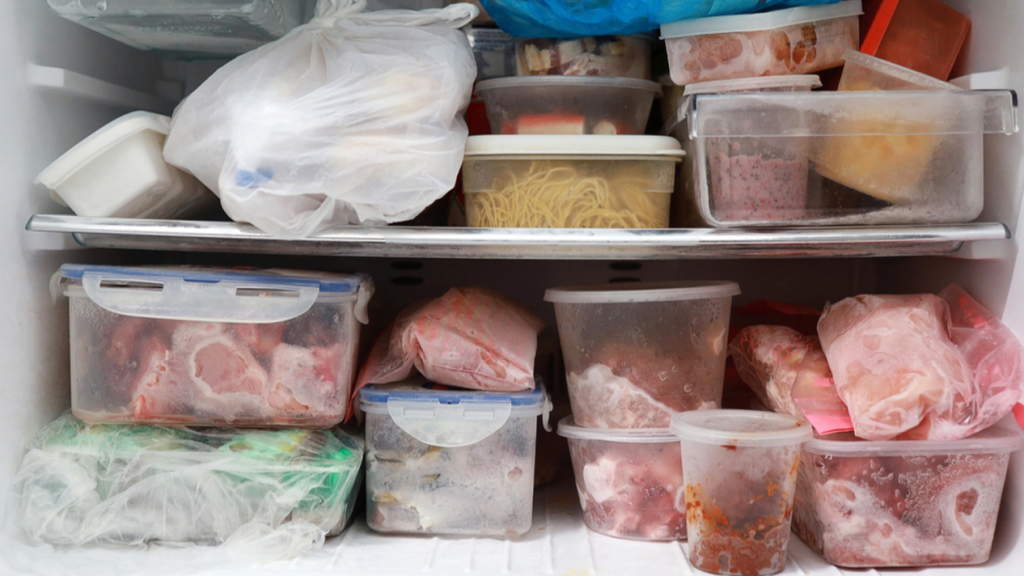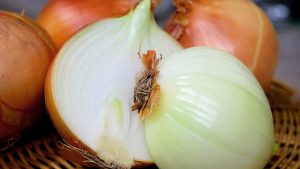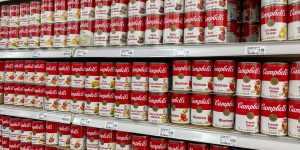There are many myths and statements circulating about thawing food: But what is actually correct?
Others are reading now
Freezing food items is an effective way to extend their shelf life. People freeze everything from meat and bread to even vegetables, but when it comes to thawing, many encounter uncertainty and missteps.
According to N24, a common mistake is allowing frozen food to thaw at room temperature, which can promote bacterial growth and potentially make the food unsafe to consume. “The problem with thawing food freely out is that it can poison our body,” experts warn, highlighting the importance of proper defrosting.
To navigate the defrosting process safely and effectively, here are three recommended methods:
-
In the Refrigerator:
Also read
-
A safe approach is to transfer food from the freezer to the refrigerator twelve hours before it is to be used, ensuring a gradual and safe increase in temperature.
-
With Cold Water:
-
For a quicker thawing process, food can be wrapped in plastic and placed in a bowl of cold water. Remember to change the water regularly, about every half hour.
-
In the Microwave:
-
For those needing an even quicker solution, the microwave offers a convenient defrosting function. It is important to follow the device’s instructions and check the food regularly to prevent partial cooking.
Additionally, thawing trays are a useful tool that can speed up the thawing process without sacrificing the quality of the food. These trays are designed to conduct heat efficiently and safely and can also be used for other kitchen tasks.
It is important to note that it is generally not recommended to refreeze food that has already been thawed, to maintain food safety and quality. By following these simple yet effective tips, one can enjoy the benefits of frozen food items without concern for food safety.








